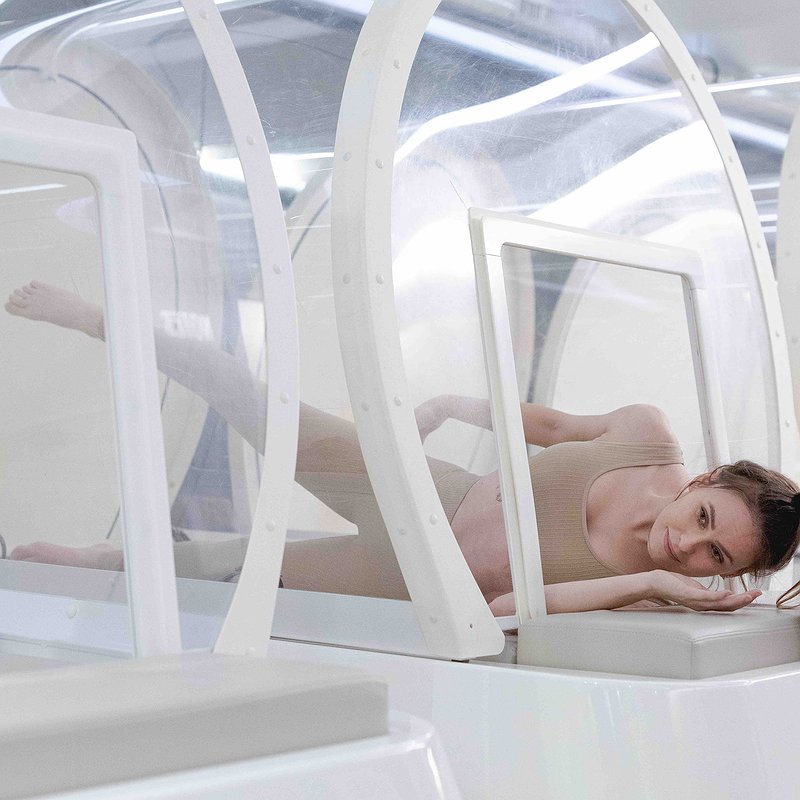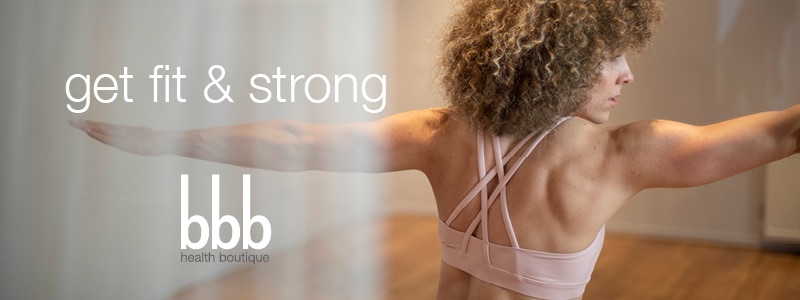Moving with rheumatoid arthritis
you It is important to keep moving with rheumatoid arthritis. Rheumatoid arthritis may make you reluctant or unable to move. Exercise and sports can make your muscles and joints more flexible and stronger, which comes with several benefits. Engaging in physical activity with rheumatoid arthritis can help alleviate symptoms and slow down the progression of the disease. Additionally, it can boost your energy levels, reduce fatigue, and even have a positive impact on your sleep patterns.
Getting Started with Exercise for Rheumatoid Arthritis
If you want to begin exercising or engaging in sports, make sure you are well-informed about exercising with rheumatoid arthritis before you start. At bbb health boutique, we have coaches who can assist you with this. If you need more in-depth knowledge about exercising with rheumatoid arthritis, you can consult your rheumatologist, rheumatology consultant, or physical therapist. If you encounter obstacles or challenges in maintaining a regular exercise routine, consider scheduling a lifestyle coaching session to discuss your concerns with a coach who can help you exercise with rheumatoid arthritis.
Exercising with Rheumatoid Arthritis in the Hot Cabin
Exercising in a heated environment, such as a cabin, is recommended for individuals with rheumatoid arthritis. The warmth can reduce joint stiffness, minimize pain, and improve blood circulation. Reduced pain perception makes it easier to move and strengthen your body. As a complement to your workout, consider incorporating flexibility training into your routine, such as yoga. Hot cabin yoga, in particular, can be very pleasant due to the warmth.
With rheumatoid arthritis, you can engage in strength training, but it is not advisable in a heated cabin. Heat can affect the synovial fluid between your joints. The hotter it is, the more fluid the synovia becomes, reducing cushioning between the joints. The exact temperature threshold is not known, so we recommend avoiding strength training in the heat. However, after a proper warm-up, you can perform strength exercises in a regular area. When engaging in resistance or strength training, focus on the larger muscle groups.
Exercising with Joint Pain
It’s crucial to pay attention to whether you’re straining your muscles or joints during exercise. If you experience muscle soreness after a workout, that’s acceptable. However, if you experience (more) joint pain the next day, it indicates incorrect training, and you should adjust your programs accordingly. Failure to do so can risk further damage to your cartilage. If you experience pain after exercise, it may be wise to avoid exercising in a hot environment or reduce the heat, especially if you’re in the later stages of rheumatoid arthritis. Maybe you feel pain or discomfort, then schedule a coaching session to determine the best course of action, as it varies for everyone.
When you have a lot of pain and limited range of motion, it’s wise to start with the rheumatoid arthritis program in the hot cabin. This program imposes minimal stress on the joints, making it accessible to (almost) everyone. You can gradually increase the intensity by discussing it with a coach, who may suggest using ankle weights or dumbbells. Furthermore, it’s essential to keep your training sessions short (30 minutes in the cabin) and schedule them at times when you experience minimal pain and limitations. Deep breathing during exercises and relaxation between sets are also important. During inflammatory phases, avoid intense training and lower the cabin’s temperature. In cases of severe inflammation, it may be prudent to take a complete break.

Continuing to Move with Rheumatoid Arthritis
It’s understandable that you may not be able to perform certain movements or find them painful. However, it’s essential to continue exercising regularly to prevent or minimize movement limitations and loss of strength. Focus on the activities you can do and choose times when you have the most energy to exercise.
Find a sport or class that you enjoy; this will increase your likelihood of sticking with it. Other activities you can consider include walking, cycling, or swimming. High-impact sports like running, climbing, and contact sports are generally discouraged, but individual circumstances vary. If you don’t experience limitations, you may still be able to participate in these activities.
Discover what works for you
Discover what works for you and discuss it with your coach. Be aware that you may experience some pain and discomfort during and immediately after exercise as your body adapts to physical activity. However, the pain should not worsen two hours after exercise; if it does, notify your healthcare provider. If you are physically healthy and primarily want to maintain or improve your strength, you can engage in any activities you enjoy. If you’re interested in more articles related to rheumatoid arthritis, consider reading about living with rheumatoid arthritis, coping with rheumatoid arthritis, and rheumatoid arthritis and nutrition. These articles provide further insights into these topics.
